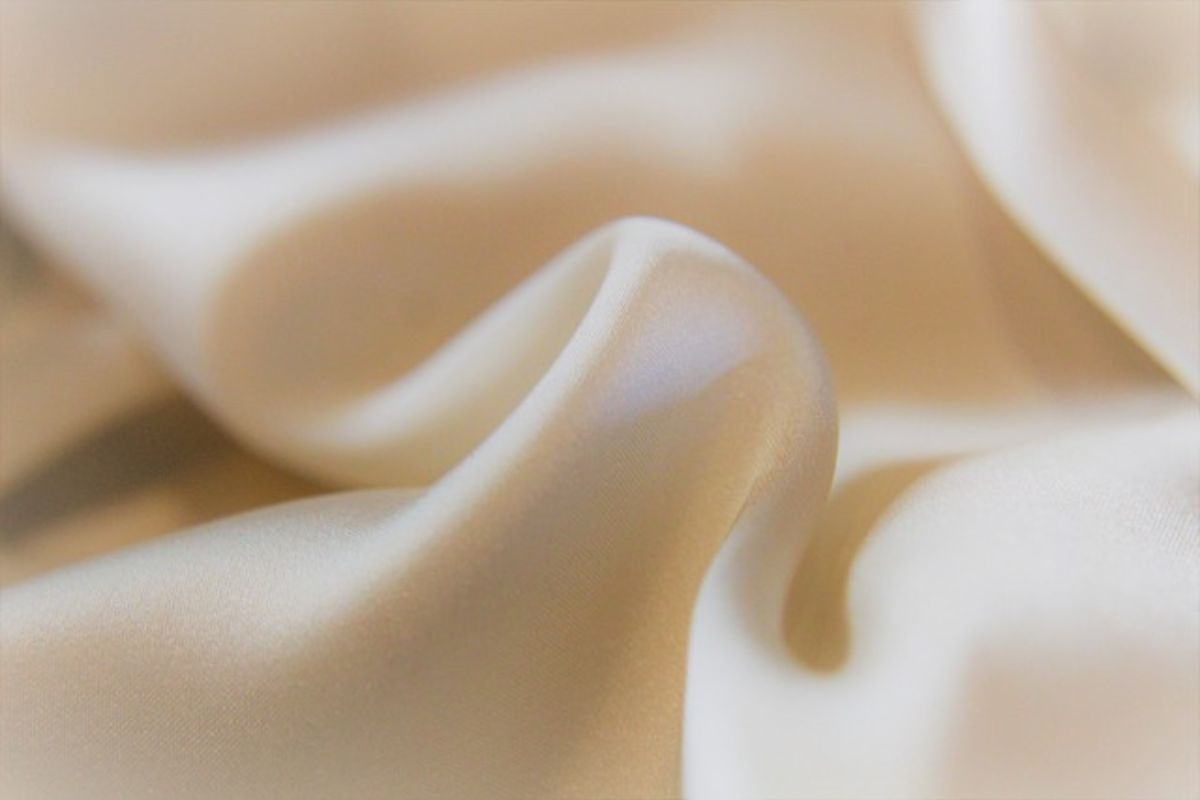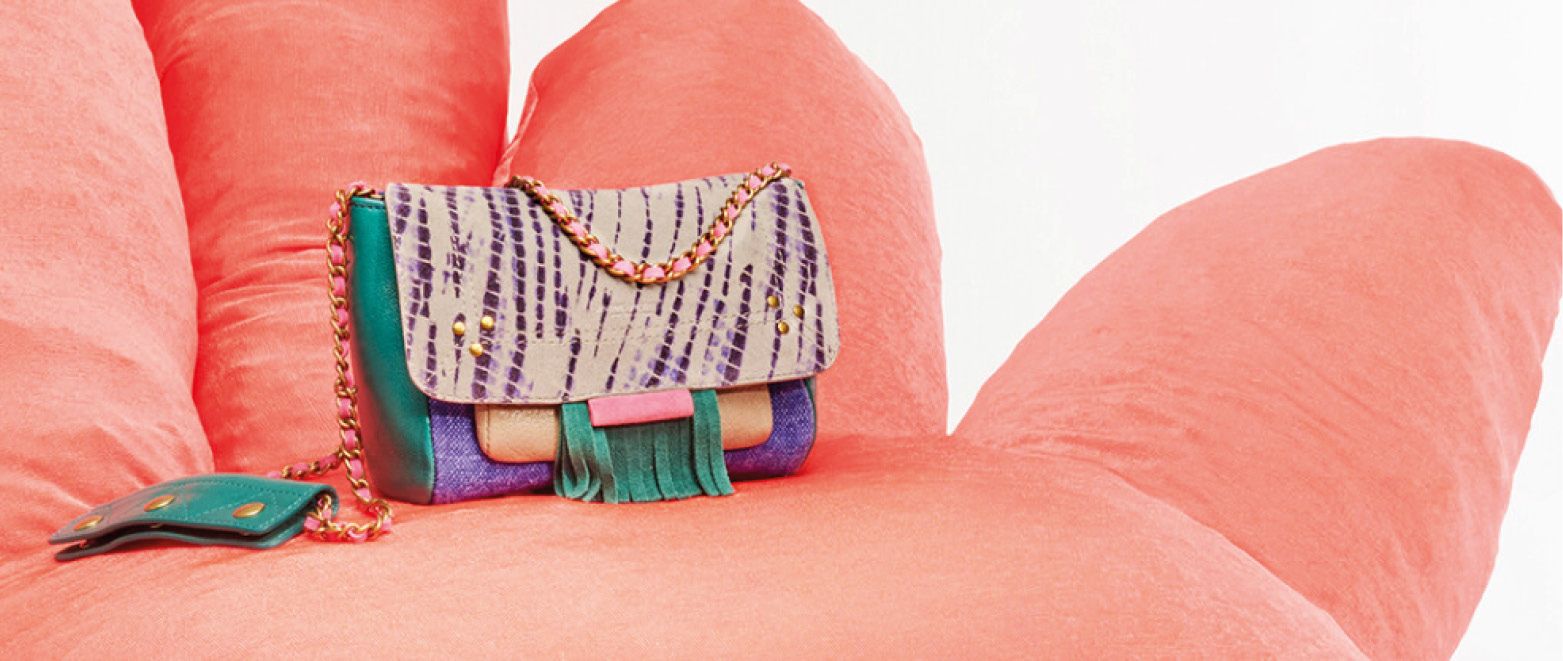What is silk?
Silk is a precious natural fiber produced by the caterpillars of the silkworm, also known as mulberry bombyx for cultured silk and tussah silkworm for wild silk. One of the oldest and most luxurious fibers used in fabric manufacture, it is thought to have been known between 2,000 and 3,000 BC. Natural silk is renowned for its shiny appearance, it is a delicate and light material, with a very soft and unique touch. It is highly elastic, almost wrinkle-free and resistant, used to make garments for scarves and other luxury items.

Which countries export and produce silk?
Silk production techniques originate in China and date back to 2500 BC, while production in Europe dates back to the 6th century. The Silk Road takes its name from the transport network between China and Europe through which this precious commodity passed. Today, China is the world's largest producer of silk yarns, thanks to its long tradition of silk production and its 50 u market. India, and more specifically certain regions such as West Bengal and Karnataka, are renowned for their production of quality silk. Vietnam has become a major player in silk production in recent decades, highly appreciated for its fine silks and high-volume production. Brazil, Thailand, Japan, Cambodia and Italy also play an important role in today's silk industry. Global silk production in 2020 is estimated at 310,000 tonnes.
What are the stages in silk manufacture?
Silk production involves several stages. It begins with the rearing of silkworms, which are fed mulberry leaves. The worms then weave cocoons into silk threads. The cocoons are harvested and immersed in hot water, then reeled off using a machine or manual method to extract the silk threads. This is called raw silk, or raw silk obtained simply by reeling the cocoon. The threads are then twisted and used to weave the silk fabric. After various treatments, dyeing and finishing, the fabric is ready to be used for garments and other silk products.

Is silk compatible with ethical and responsible fashion?
Cultivating silk can have a greater or lesser environmental impact, depending on the fertilizers used, the energy and water consumed and the waste disposal methods. Silk is a material that seems eco-responsible because it is natural, renewable and biodegradable, but this depends on how it is produced.
Disadvantages of silk
- Silkworm cultivation, like all intensive farming, is negative for our environment. The use of pesticides, fertilizers and chemicals is harmful to the planet and to the workers who are confronted with it on a daily basis in some countries.
- Animal welfare is called into question, because to recover the silk the cocoons have to be smothered in ovens at 80°C. The worms are first treated with chemicals and hormones, then scalded.
Alternatives and best practices
- There are alternative silk production methods that are considered more ethical, such as "cruelty free" or "ahimsa" silk also known as "peace silk". This silk is produced from the empty cocoons after chrysalis hatching, where the butterflies have already emerged naturally, avoiding any cruelty to the insect.
- Spider silk is an alternative as it generates a biodegradable textile and no cruelty to the animal.
- Lyocell is another eco-friendly artificial textile fiber made from wood bark, just as silky and manufactured in Europe.
- It's essential to look for brands and manufacturers that adopt sustainable and transparent practices in their silk production, favoring certifications such as GOTS (Global Organic Textile Standard) or eco-labels.

How to care for silk?
Silk garments need to be cleaned with care as they are fragile, so refer to the labels first, regarding washing, wash in lukewarm water as hot water damages the fibers. Use a bleach-free detergent, and avoid spin-drying, which can damage your garments. Avoid drying silk in the sun, and iron your garments inside out, preferably at a low temperature.
Find our favorites in women's silk
Find our favorites in men's silk





